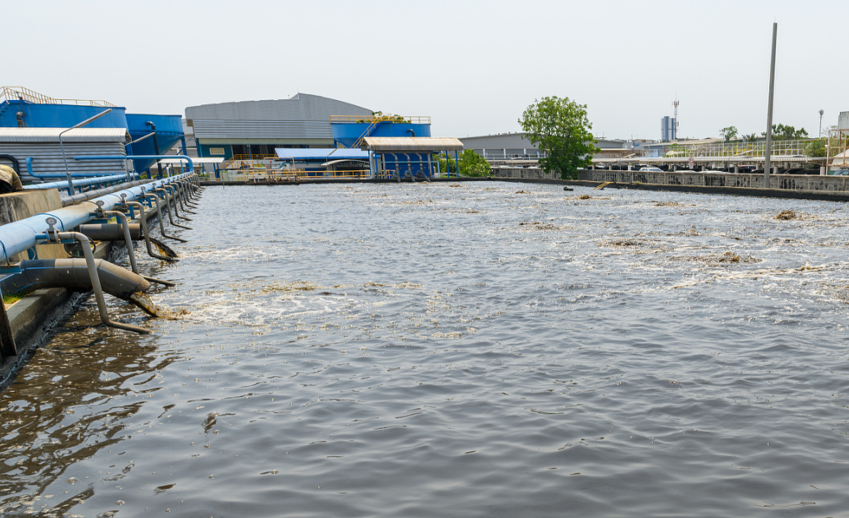Factory sewage and wastewater

UV light delivers rapid, effective inactivation of microorganisms via a physical mechanism. Specifically, when microorganisms are exposed to germicidal UV wavelengths, they are immediately rendered unable to reproduce or cause infection. This process introduces only UV light to the water—adding no chemical substances—exerts no impact on the water’s chemical composition or dissolved oxygen levels, and generates no by-products.
Industrial wastewater constitutes a significant source of potentially hazardous contaminants. To safeguard aquatic and coastal ecosystems—including rivers, lakes, beaches, and coastal areas—increasingly stringent regulations have been enforced to restrict the discharge of pathogenic microorganisms in industrial effluents. Consequently, many large-scale manufacturing facilities have been prompted to integrate UV technology into their wastewater treatment protocols.

UV has emerged as a preferred solution among alternatives primarily due to its ability to generate no chemical by-products—a feature particularly critical, as discharge water often already contains toxic chemicals. Furthermore, UV disinfection stands as the most effective method for inactivating nearly all known pathogenic bacteria and viruses, alongside even chemically complex compounds.
